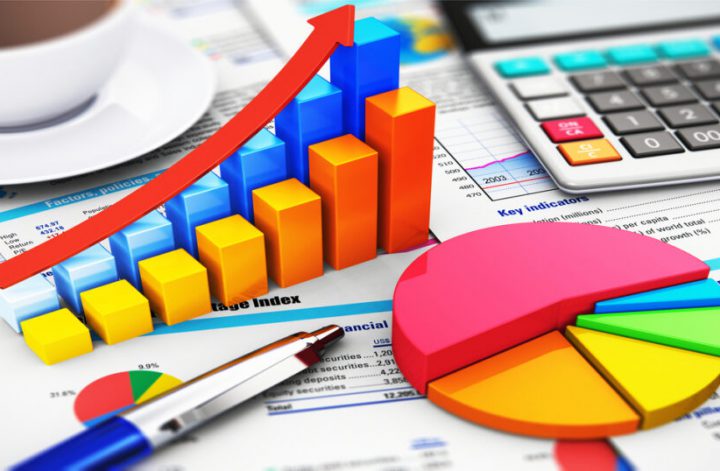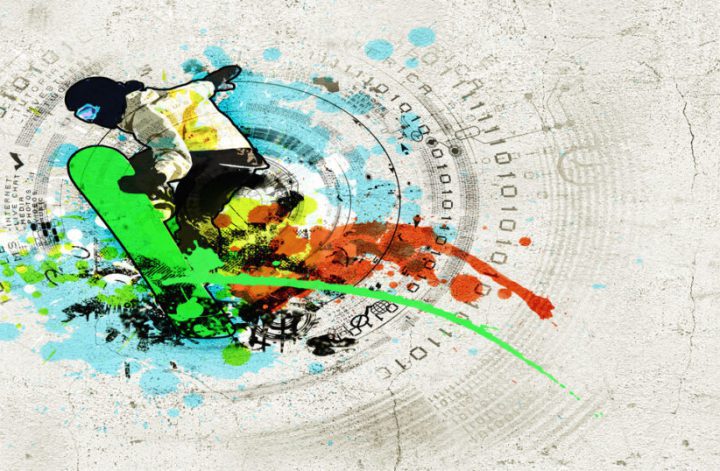Technology rules our lives.
From our attention spans to our economies, it influences everything.
Heck! With Elon Musk trying to get a chip inside our brains, technology may just eliminate the boundaries between the physical and the digital.
So, in such a world, what role does print design play?
Is it still worthwhile for businesses to invest in brochures?
What good are billboards when you can reach thousands, if not millions of potential customers via Google and Facebook ads?
Haven’t websites and social media made print design a thing of the past?
We know it’s tempting to answer these questions with a “hell yeah!”, but the reality is just not that simple.
Is print design the behemoth that it once was in the mad men era? Surely not.
However, it still has tons of gas left in the tank, and we’re going to argue why that’s the case.
Print design satiates our urge to have tangible and sensory experiences
Fascination with physical objects is a core part of the human story.
Ever since our hunter-gatherer days, we’ve had an innate desire to interact with the physical world and to uncover the possibilities that it offers.
We rubbed stones together and created fire. We used fire to forge better tools than we had. Then, we interacted with those tools and created entire civilizations.
There has always been a physical component to the inventions and transformations we’ve had over the years.
Even the digital world has become hyper accessible because of physical tools i.e. our smartphones.
Now, we’re not saying that digital experiences are not their own thing.
The point we’re making is that tangible and physical experiences form our history, and perhaps the affinity we have for them is encoded into our biology.
That’s why a global study found that 73% of people find reading a printed magazine more enjoyable than reading the same thing on a screen.
And that’s why we’re certain that print design isn’t going anywhere. It’s only developing with the times.
Print design is far from dead (from a business standpoint)
Have online mediums democratized advertising more than before? Sure.
Do online ads have greater targeting options? No doubt.
Are digital spaces devouring the bulk of marketing budgets around the globe? Of course.
But, none of these developments signal that print design has suddenly stopped bringing in returns or conversions.
If not for direct-mail advertising (a medium that would cease to exist without print design):
- Businesses stand to lose 39% of new customers.
- Nonprofits may never receive the bulk (78%) of their donations.
- Marketers wouldn’t be privy to a tool that gives (on average) a whopping 1300% return on investment
Technology has made the print design more workable than ever.
With modern printing technology, designers can translate their creative prowess onto the page in a way that’s the most affordable it has ever been.
Print design is getting better, not worse
Though not perfect, print mediums transcend many limitations that websites have.
The biggest example of the same is how web design is constrained by the infamous ‘fold’, and how to print mediums are not.
But, that’s just a metaphor we’re using to make a larger point.
Unlike web design, print design doesn’t have to parse through technical layers like CSS.
It doesn’t warrant the involvement of a frontend developer to bring a designer’s vision to fruition.
Instead, digital tools have enabled print designers to work more efficiently.
Print designers can accomplish a lot by harnessing powerhouse solutions like the Adobe Suite and piggyback the same into physical mediums using cheap print tech.
Tech is catalysing print design’s metamorphosis, not expediting its downfall.
The print design offers a respite from digital fatigue
If the current global crisis has been any indicator, we share a love-hate relationship with the digital world.
Though the connectivity that social platforms offer is a godsend amid a pandemic, that connectivity can also lead to its own ‘hangover’.
On top of the content that we subscribe to or choose to see, we’re bombarded with advertisements that merge seamlessly with our ‘doom scrolls’.
In such a landscape, print design is an obvious escape that we don’t even realize we need.
That’s probably why consumers still deem print ads as the most trusted form of advertisement that exists.
Contrary to digital ads, print marketing efforts don’t feel like they’re constantly trying to slip underneath our skins.
Print ads wear their intent on their sleeves, and never feel as intrusive as, let’s say a YouTube ad.
So, print design can serve as a cure for the helplessness-cum-annoyance that being glued to our screens makes us feel.
The future of print design
Let’s face it. We share a symbiotic relationship with the tech we use, and that’s unlikely to change in the future.
So, it’d be sensational, if not deceptive, to claim that digital mediums don’t enjoy a greater pie of our attention than their print counterparts.
After all, there’s no denying that digital is more accessible, eco-friendly, and scalable than print.
But, screens still can’t replicate the thrill and comfort of experiencing words and images on paper.
That’s why the future of print is one that’ll merge with digital. , we’re likely to see brands adopt a hybrid approach to content.
The print design will surely continue to survive in verticals like packaging, hoardings, business cards, frosted windows, etc.
But traditional mediums like brochures, flyers, and magazines aren’t going anywhere either. They’ll just integrate with digital experiences.
For instance, creators and brands can easily supplement print experiences with AR-based content by inserting something as simple as a QR code.
With sustainability becoming a driving force in the business world, print experiences will no longer be designed for scale.
They’ll instead become luxury items that embody sustainable design practices and accomplish more with less.
The print design will keep it and become pivotal to making digital experiences more meaningful.
Conclusion
We shape the tools we use and are shaped by them. That’s just the way of the world.
Now, print design is a tool that we’ve shaped for centuries, and it has returned the favor.
We’re wired to perceive print design as a vehicle for authentic, and impactful interactions.
The near future isn’t likely to change that. That’s why Creaa Design takes great pride in having a mastery of print design fundamentals.
We’re excited about the hybrid print-digital future that the design world is facing and are more than prepared to thrive in such an ecosystem.
We hope that reading this piece gives you a greater understanding of all that print design stands for and excites you about the direction it is heading in.
On that note, go read a book that you enjoy, and bask yourself in all its physical glory!


